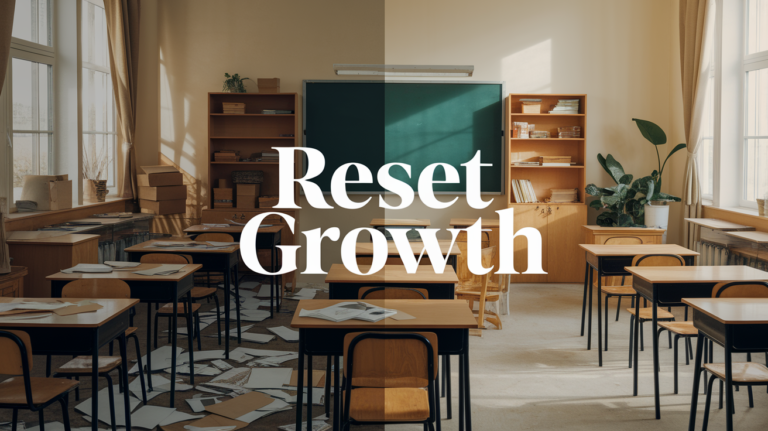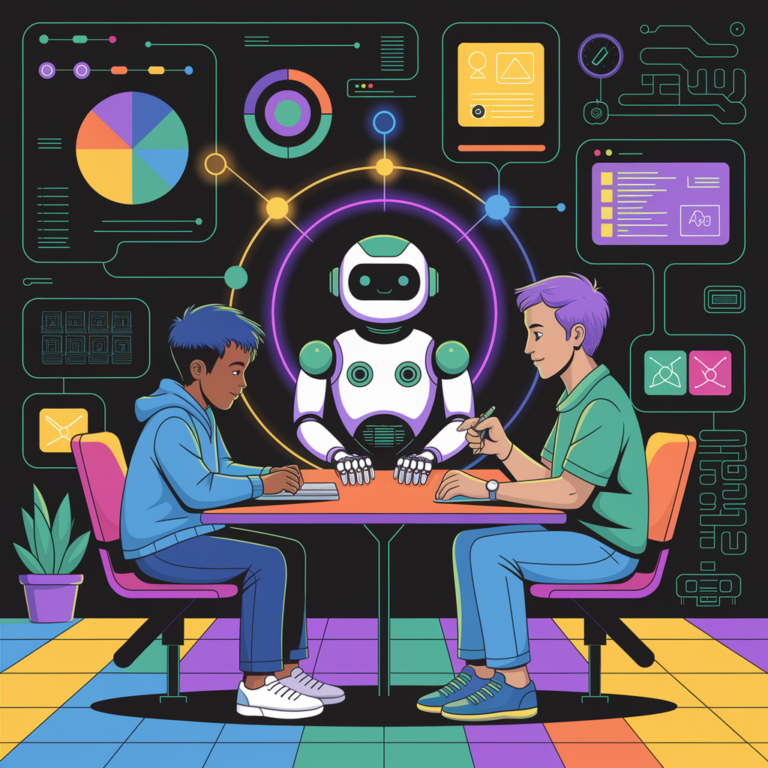Reset Season: How to Rebuild Your Classroom Without Burning Out
This week, I’m sharing a series of Instagram posts all about classroom resets—what they really mean, why they matter, and how to do them without creating more work or pressure. Here’s a full breakdown of the week, plus links to the free resources I mention in each post.



